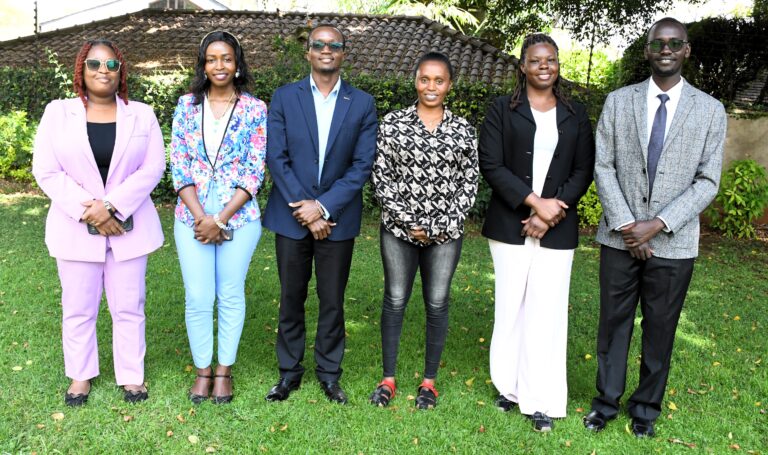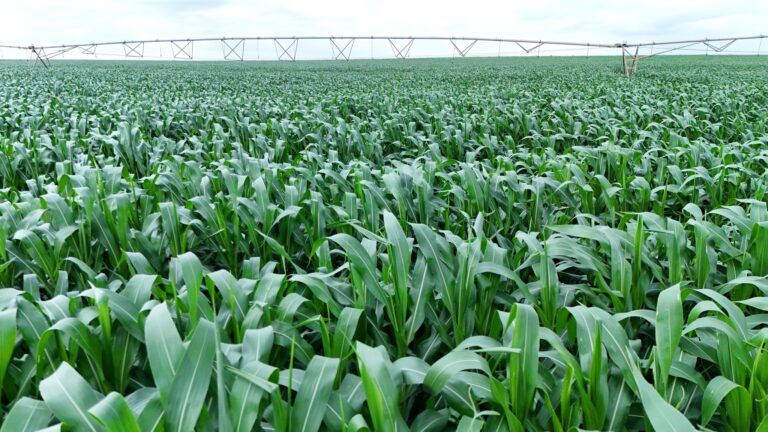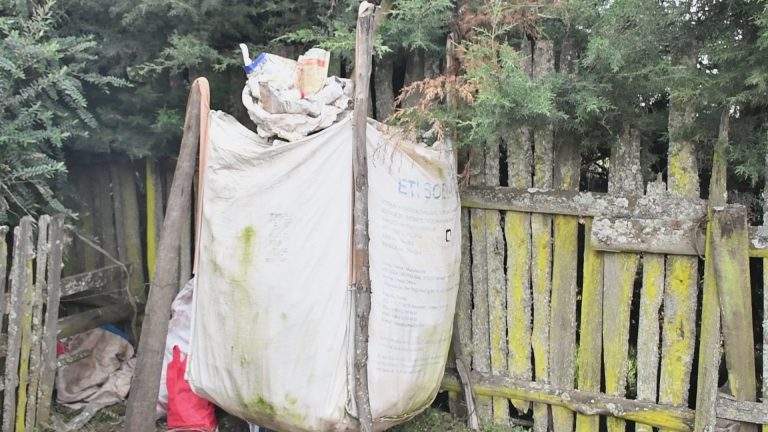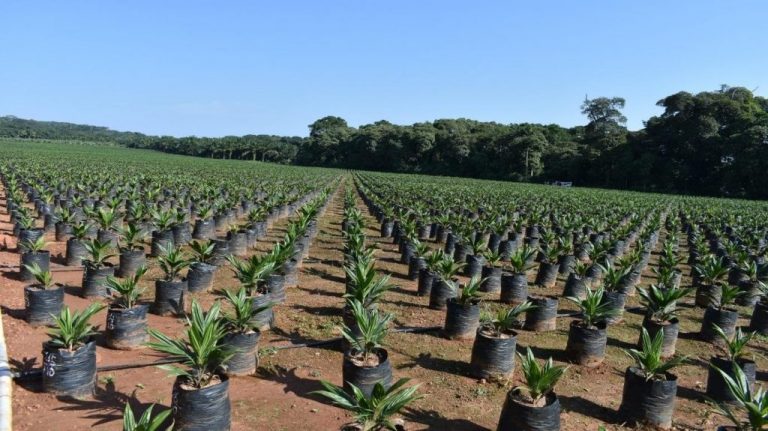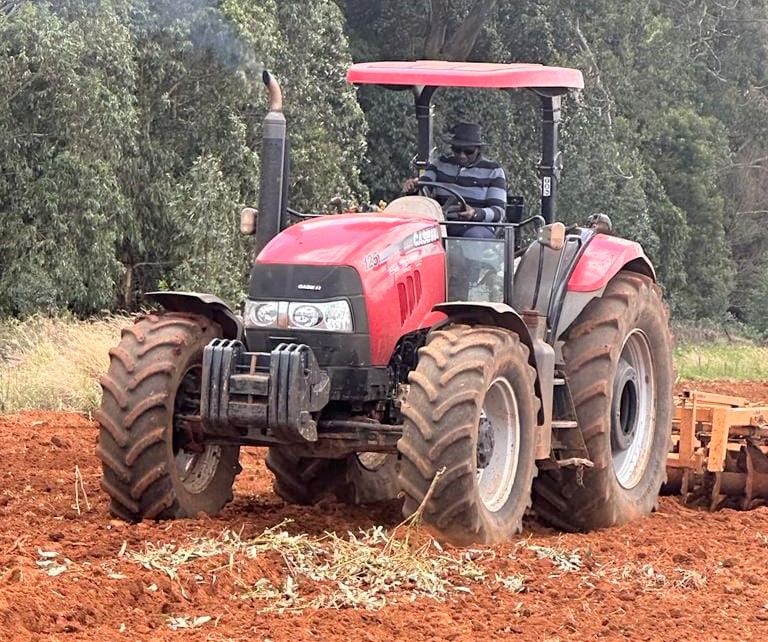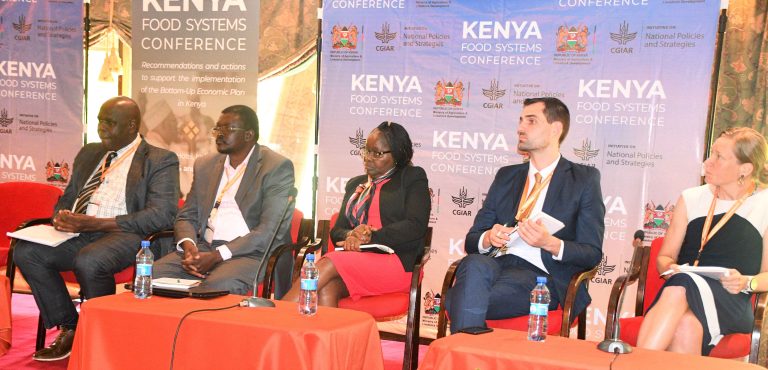It’s a picture full of jarring contrasts. Shiny, late-model refrigerated trucks full of fruit pull up at the loading bays at supermarkets in some parts of the world. Elsewhere, farmers cultivating hillside fields load baskets of produce on their heads to get to the one road leading to the nearest trading station or market.
According to The Food and Agriculture Organization of the United Nations (FAO), each year approximately 14 percent of the food we produce is lost between when it is harvested and before it reaches the shops. A further 17 percent of our food ends up being wasted by retailers and consumers.
“Food loss and waste is also a major contributor to the climate crisis, accounting for up to 10 percent of global greenhouse gas (GHGs) emissions. In some countries, the food supply chain is already on course to overtake farming and land use as the largest contributor to GHGs emissions, adding to an unstable climate and extreme weather events such as droughts and flooding. This, is turn, impacts crop yields and their quality, increases food loss and further threatens food security and nutrition,” says FAO.
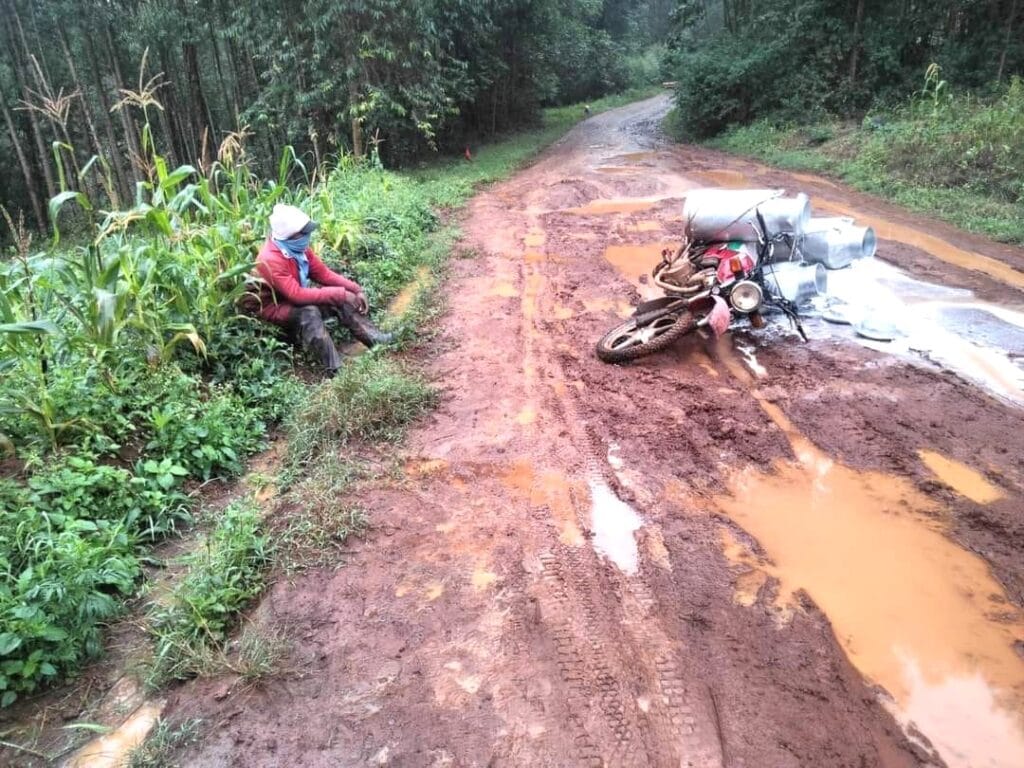
To address this challenge we need to approach the whole system of transportation and come up with tailored solutions.
Here are four transportation considerations and possible solutions to reduce food loss according to The Food and Agriculture Organization of the United Nations (FAO) :
1. Considering packaging and beyond
How produce is packaged is of course an important element in reducing food loss. FAO has invested considerable effort in training producers on better packaging methods, for example using rigid, reusable plastic crates to minimize mechanical damage during stacking and transportation.
But there are other equally important requirements such as temperature management and air flow. Produce should ideally be transported during the cooler part of the day, using vehicles with an open frame structure. It also needs to be protected from sunlight and dehydration. FAO initiatives have funded light-coloured tarpaulins to loosely cover trucks and protect produce from the elements. FAO has additionally supported the manufacturing of frames for transport systems to improve conditions.
2. Proposing alternative transport methods
In many low- and middle-income countries, transport systems designed for passengers or small pickups and vans are often used to transport fresh produce. This can lead to produce being exposed to high temperatures, heat stress, water loss and rapid deterioration.
In addition, different types of terrain present various issues. For example, mountainous areas often lack feeder roads for transporting produce. That means everything has to be carried – in many places on people’s heads or on horseback – to the nearest main road from where it can be conveyed to market.
This issue is all the more crucial in tropical countries, where high elevations favour production of high value and nutritious crops such as broccoli, carrots, strawberries, Chinese cabbage, and fresh herbs. In these contexts, innovative alternative systems of transport like zip lines, tramlines or ropeways make good sense, facilitating transport to locations such as trading stations or markets.
3. Training to prevent human error
Proper training is crucial because human error also contributes to mechanical damage during the loading, transportation and unloading of fresh produce from transport systems. Produce handlers off-loading packages too roughly or stacking boxes of fruit incorrectly can cause significant losses. Especially with delicate fruits like bananas or mangoes, bruising, compression or abrasion can make the produce unsellable or even inedible.
Also, for example, FAO’s work in the Philippines has shown a 38 percent reduction in food losses in fresh produce supply chains by eliminating the intermediary repackaging of fresh produce destined for supermarkets in Manila.
FAO provides training to those involved at all stages of the supply chain in adopting good handling practice during loading and unloading of the packaged produce, underlining the economic benefits to be gained.
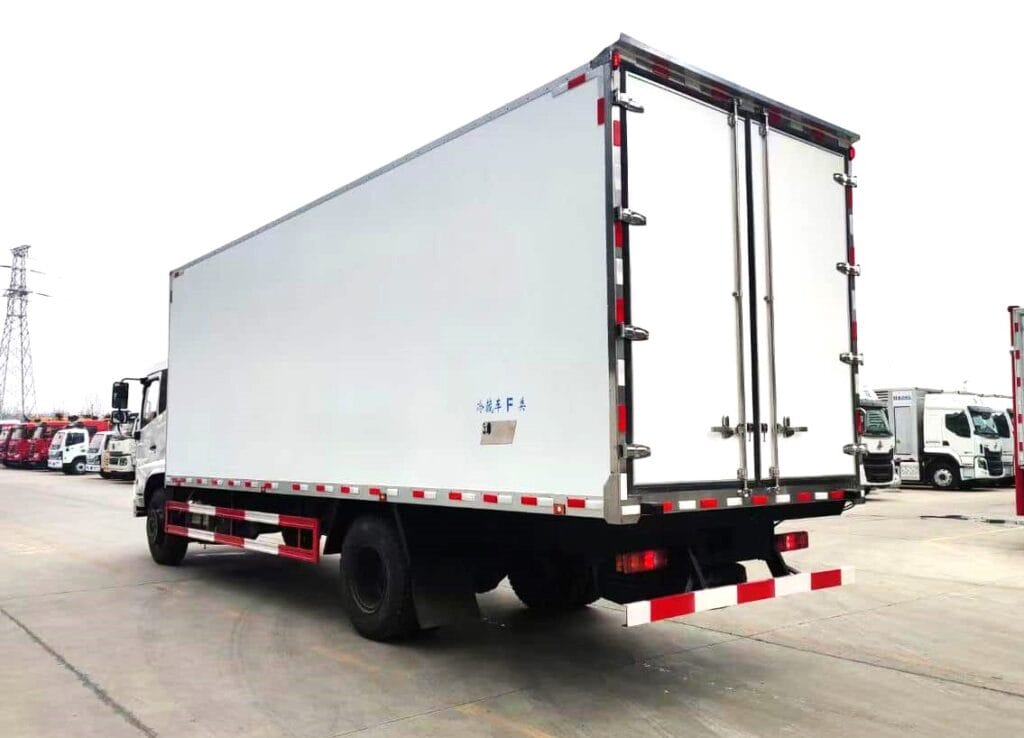
4. Partnerships can be key
Public private partnerships can often help provide solutions to transportation challenges. To facilitate cross border trade in high value horticultural crops between the Lao People’s Democratic Republic and Thailand, for example, FAO supported the construction of a fresh produce packing house on land donated by the Lao Government.
The success of initial cross border trade led to a public-private partnership between the Lao Government and a Thai company to operate the packing house and a cold chain for shipping produce to Thailand. An estimated 40 percent of the fresh produce outputs met market quality standards for export, while the remaining 60 percent were taken up domestically, largely by the hospitality sector.
FAO adds that inefficient transport systems are a major factor leading to unacceptable levels of loss, especially of foods rich in vitamins and other nutrients hence tackling this challenge in an integrated way is a critical area of work for the organisation and its partners – for the benefit of people and planet.



